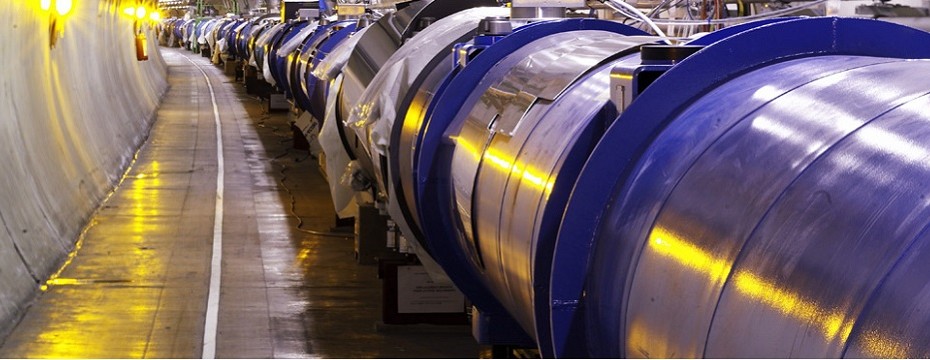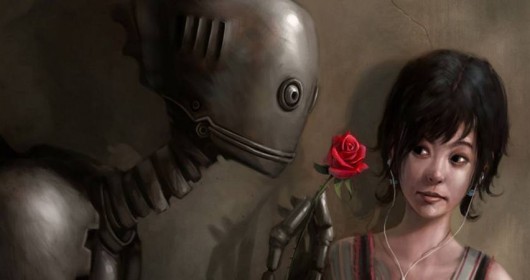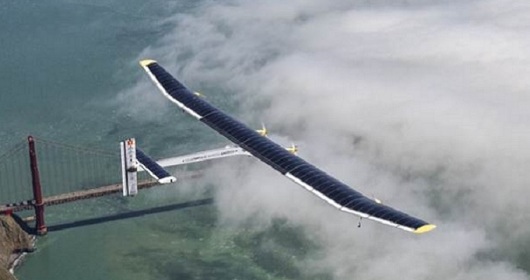After electrical failure Large Hadron Collider (LHC) is working again!
“LHC is back.”
That were the first words from the European Organization for Nuclear Research. The words were said at Friday, March 3, 2015. Large Hadron Collider cost $10 billion and has been shut down for more than a year.
“Restarting the Large Hadron Collider was a great challenge,” said CERN’s director for accelerators Steve Myers.
Large Hardon Collider had some pretty amazing results before, so it will be very exciting to see, with what the CERN will come up. The experiments that they do can help us find answers to fundamental questions. For instance, Albert Einstein’s Theory of relativity, which describes the world on a larger scale – doesn’t quite match with quantum mechanics, which deals with matter far too small to see.
As a first thing that the researchers at Large Hadron Collider had to do was to establish a circulating proton beam. This was successfully established in the LHC’s 17-mile tunnel at 10 p.m. at Friday. All the researchers agreed that it is great to see beam circulating in LHC again. Of course, that there are more things that has to be done in order to start proper test and find the answers.
Large Hadron Collider is located under the ground on the border of France and Switzerland. It does reach its operating temperature -271 degrees below zero Celsius.
What is the next step?
After researchers at Large Hadron Collider established a circulating beam, their next step will be a low-energy collisions, which should start this week. High-energy collisions will resume next year.
Scientists also agree that LHC could be in operation for another 20 years. But don’t worry, it won’t be long before they can actually discover full potential. They think that so called “the God particle” known also under name Higgs boson could be matter of next two or three years.

ATLAS detector, one of six detectors attached to the Large Hadron Collider, source
ATLAS and CMS are the general experiments that are designed to find Higgs Boson along with other particles that have never been detected before.
ALICE is another experiment that will explore the matter that existed some 10 microseconds after the Big Bang, said John Harris, professor of physics at Yale University and national coordinator of ALICE-USA.
[sc:ad-text]
With CERN, we have a chance to see particles, that has never been seen before. These particles are called quarks and gluons. Theoretically, they are a building blocks of bigger particles in the Universe as we know it – protons, neutrons and electrons.
[sc:end t=”Large Hardon Collider in CERN is back online!”]










Leave a Reply